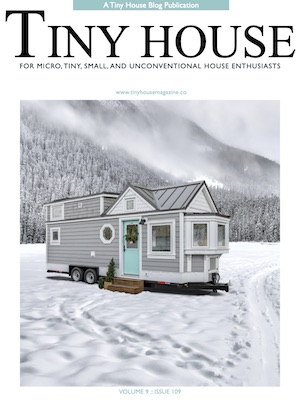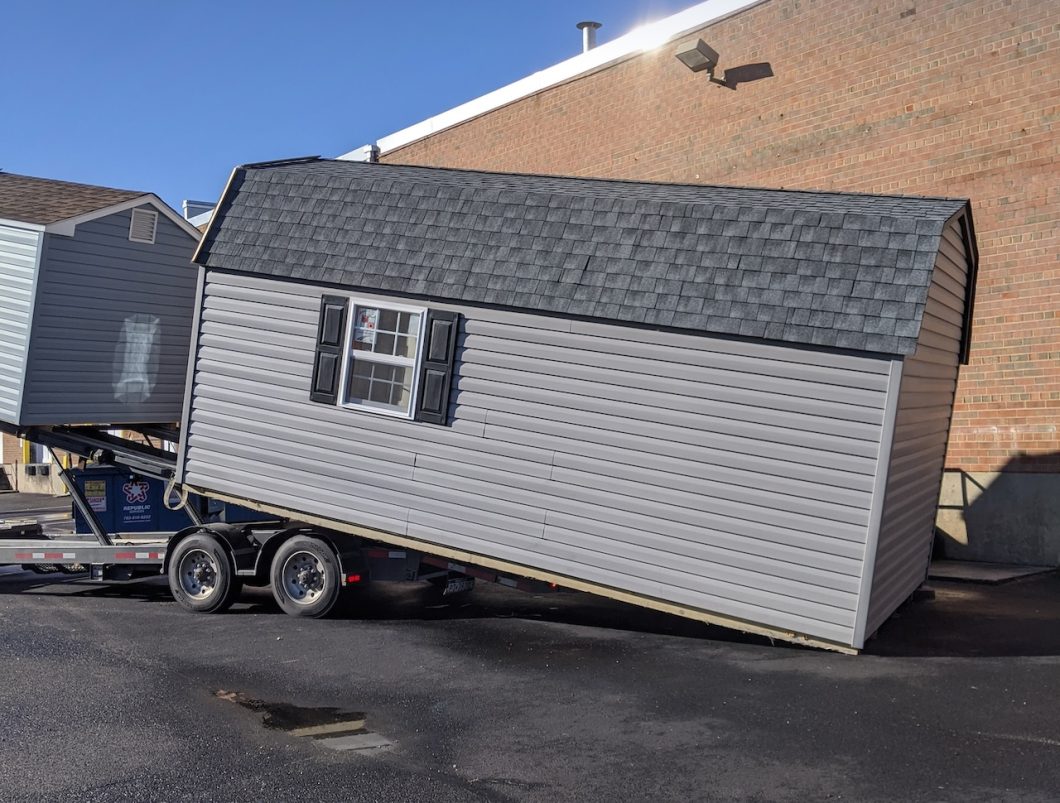Like many other small business owners, 2020 was a rollercoaster for my husband and me. Our area went into lockdown and we had to close our business for almost two months. The time off allowed us to do some soul-searching. Running a production studio isn’t a job, it’s a lifestyle. While we’re able to maintain an excellent work/life balance, we knew we had to make some changes.
Our commute was the first thing we wanted to let go of. We lived on a sailboat thirty-five miles from work. We loved living aboard and coming home to the water every night.
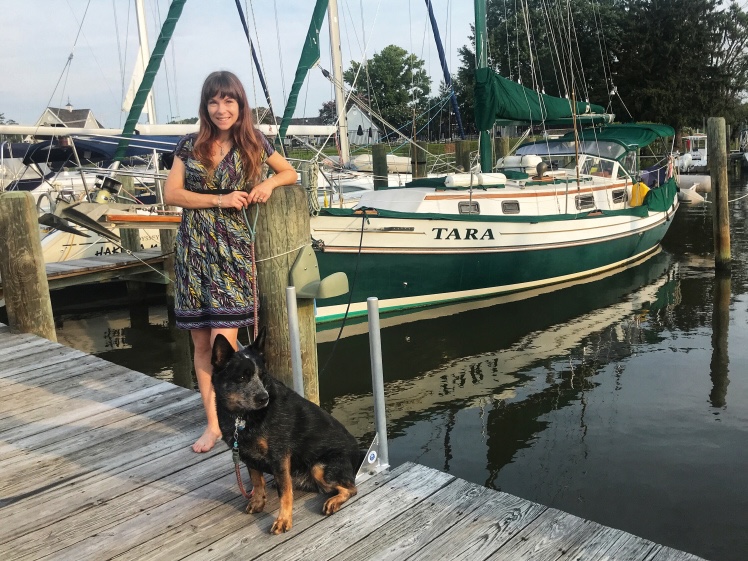
However, commuting was always difficult after working long hours six days a week. We considered building out an apartment in our top-floor storage space. Sometimes productions can be noisy, and I knew it would be difficult to relax “at home” if I could hear our clients late at night.

We decided to purchase a 200 square foot converted Amish shed with a sleeping loft, and we got permission from the building’s owner to place it just outside of our back door. It took us a few months to complete the build-out, and we moved in during the late fall of 2020. Our commute went from seventy miles a day to a walk through the back door. We kept the sailboat, but now, we only commute home on our days off.
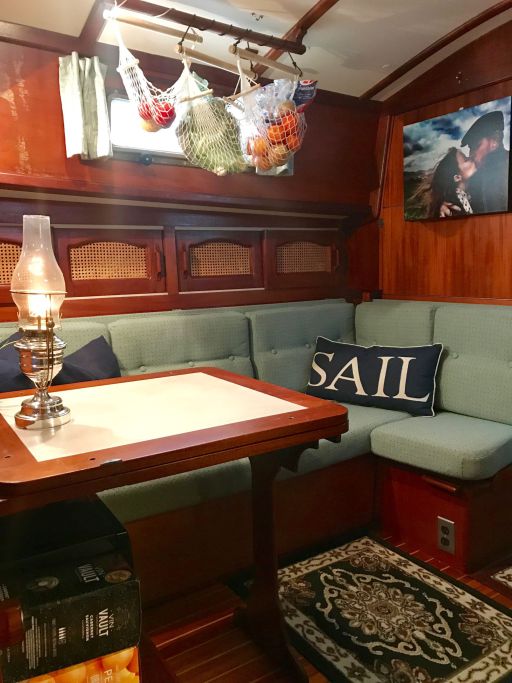
We have electricity in the shed but our plumbing is off-grid. Our kitchen and bathroom sinks use RV foot pumps and five-gallon jugs, and we have a composting toilet. Since we spend so much time at work, we have many creature comforts there like a private living room suite, a shower, washer and dryer, and a well-appointed home gym. Between what we have in both spaces, the only thing missing is a proper kitchen. However, tiny living is full of unconventional solutions and we’ve made it work.
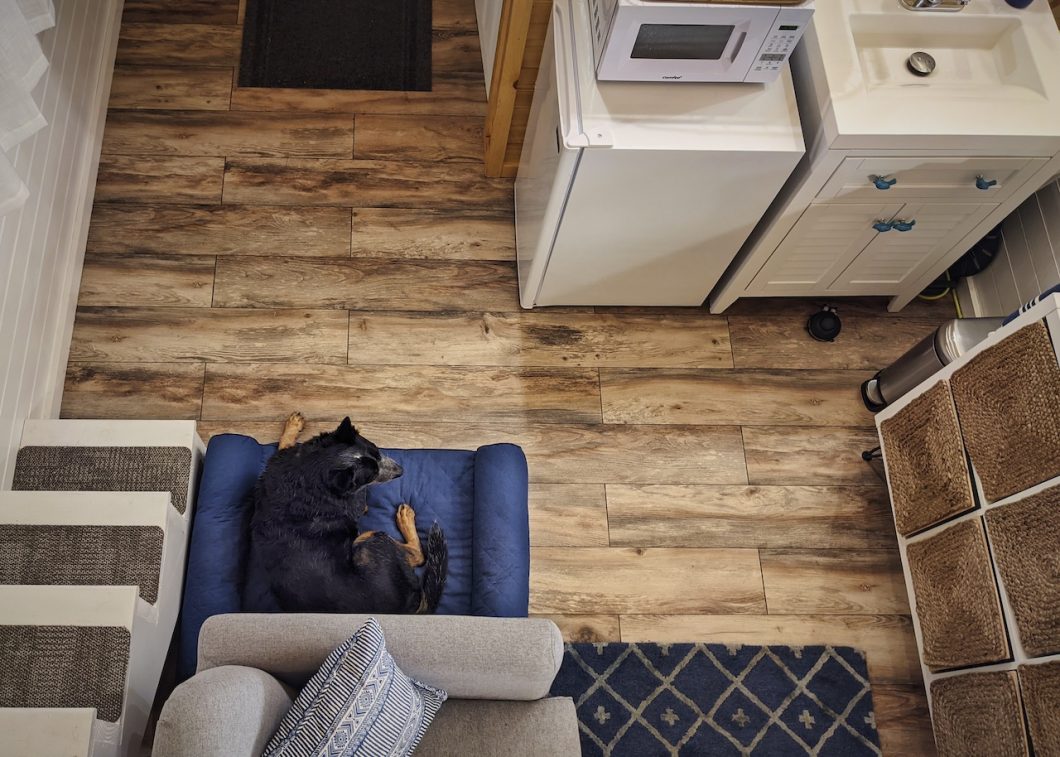
Instead of a stove, we have an Instant Pot with an air fryer lid and a Foreman grill. I purchased a smaller air fryer from Aldi over the summer. I’m still finding new things to make in it; I recently learned that the air fryer can make perfect boiled eggs in about 15 minutes. I make my favorite lasagna recipe using two small springform pans in the Instant Pot, and someone recently shared a copycat recipe for Instant Pot egg bites that they say rivals that big chain coffee shop.
Additionally, we have an induction burner, a frying pan, and a saucepan. Everything is stored away when I’m not cooking. With such limited counter space in our 200 square foot shed, the kitchen counter does double duty as a work surface and catchall spot.
When we transitioned from the sailboat to spending more time in the Amish shed, I thought I’d miss cooking on the stove and using the oven. I don’t. When I think of not having an oven, my mind always goes to Thanksgiving and the image of popping a huge turkey into the oven. I’ve been vegetarian for over three decades and my husband doesn’t like turkey, so we’re pretty much okay without a place to cook a holiday bird. For everything else I loved cooking in the oven such as pans of roasted vegetables, cookies, and pies, there’s a workaround with one of my appliances.
Check out Instant Pot New York Cheesecake #17 if you’re not convinced. The tradeoff we made by getting rid of our seventy-mile commute came with a less convenient kitchen, but it’s something I can live with.
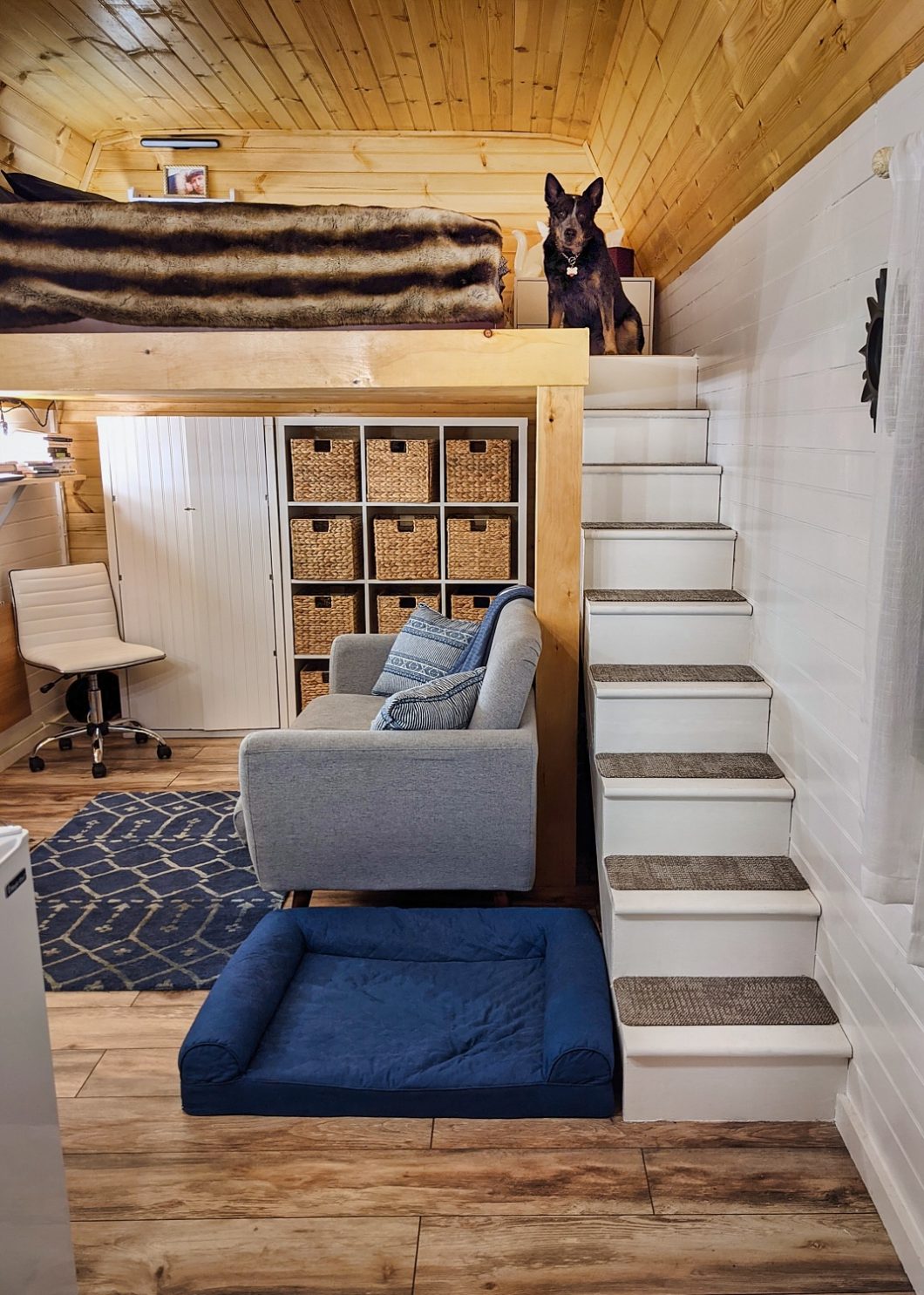
The concept of home has come up a few times since we purchased the shed. Our sailboat became home in 2017. However, if we’re only home on the weekends, is it still home?
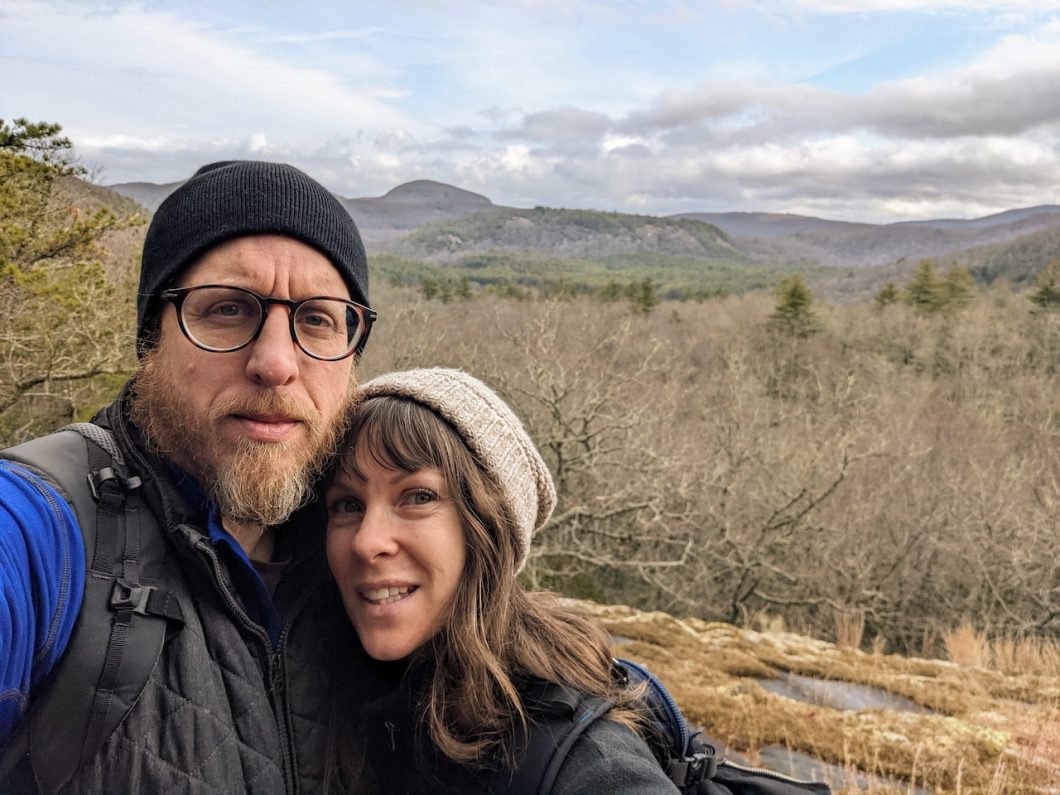
I’m not sure that I’ll get used to saying home is a shed behind a building. Nobody’s asking me to define it, but I pose the question to myself every once in a while. What makes a place a home? Some might say home is a feeling and you can find it anywhere, or that home is the place where you spend most of your time.
Even after a year of an incredibly short commute, I use the word home interchangeably. “I’m heading home,” when spoken in the evening on a weekday means I’m leaving work and walking out the back door. “I’m heading home,” when spoken on a day off means a scenic drive to the coast and a breezy walk down a long dock. When you’re comfortable living the tiny house lifestyle, it isn’t hard to fall into calling unusual places home, and really meaning it.

Written By Summer Wheatley for Tiny House Magazine Issue 109 (subscribe and save 25%)
